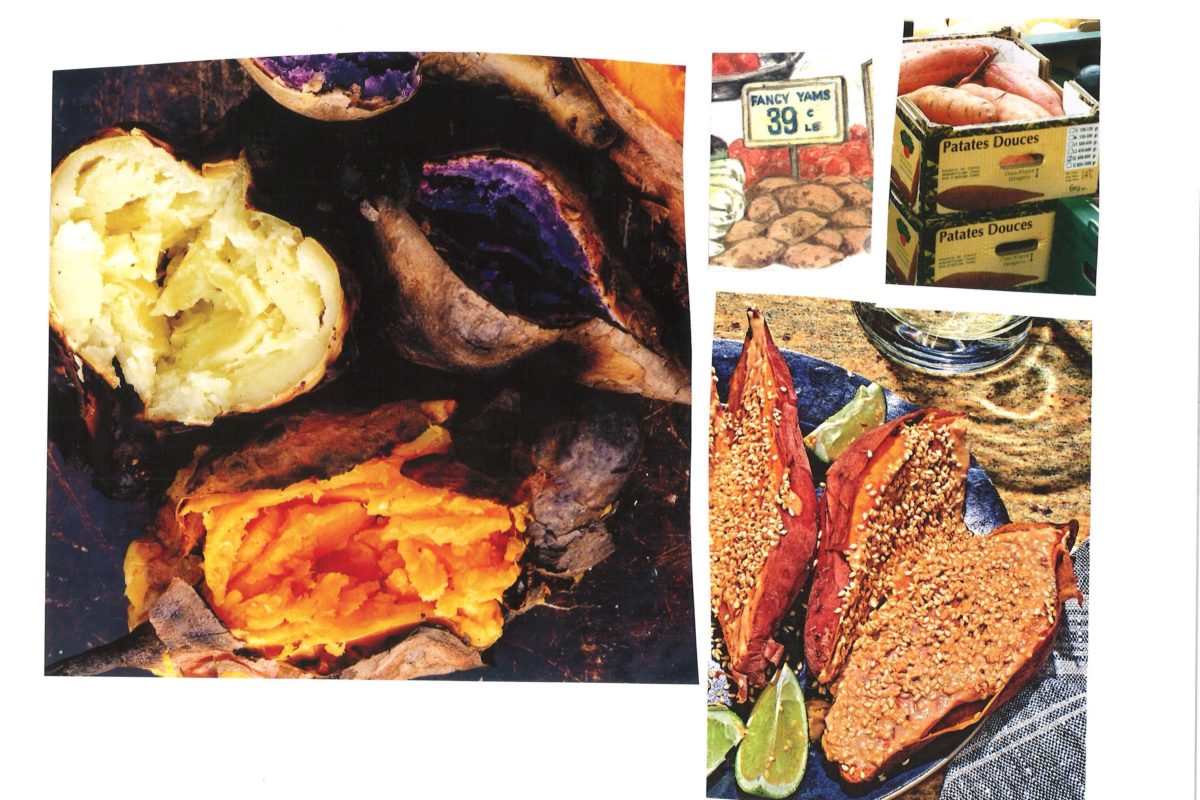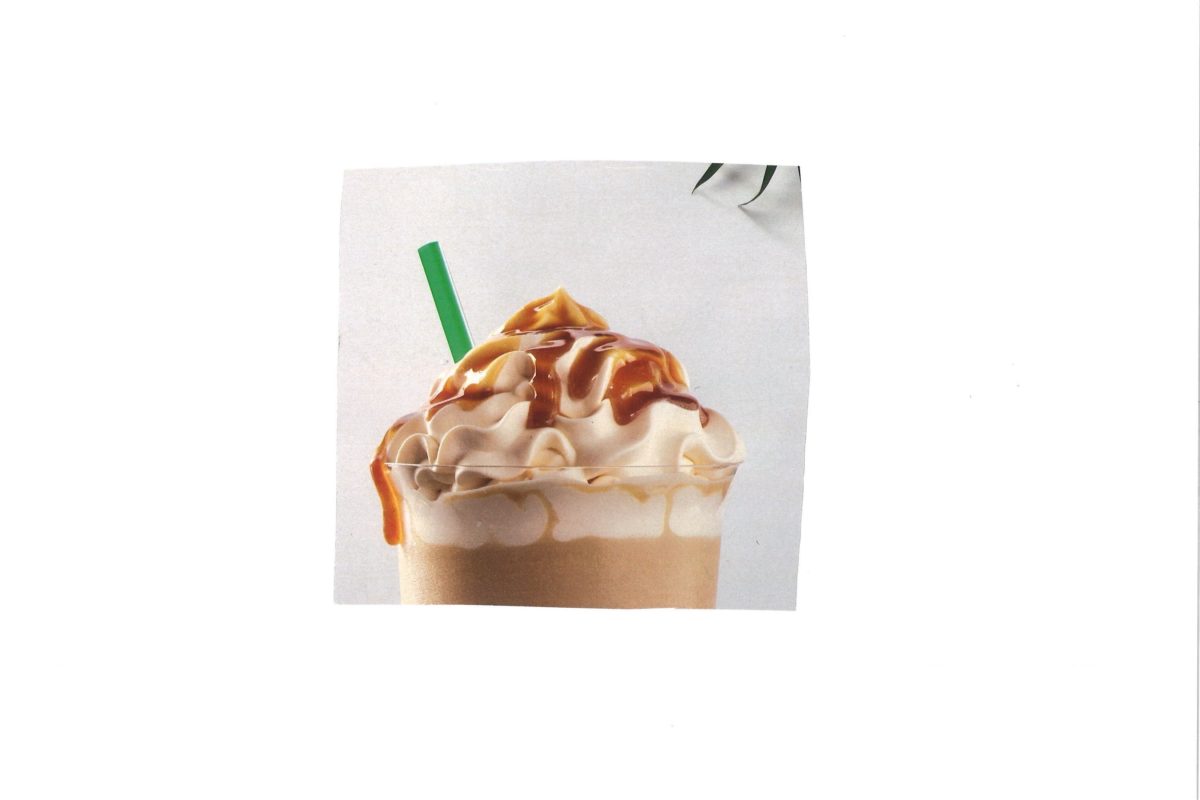What’s the Difference Between an Ale and a Lager?
Experientially, the difference between a lager and an ale can be explained with brands of beer everybody knows: lagers are the crisp, thirst-quenching yellow beers like Budweiser and the like; ales are richer/more full-flavored beers that include pale ales (like Sierra Nevada) and everything else that isn’t golden and clear (including Guinness, stouts, IPAs, and beers that nerdy college guys tend to prefer).
While there are many many variables in beer making—including the kind of grains the beer is based on (Budweiser has rice in it!) and the quantity and kind of hops (craft beers, mostly ales, favor “fruity” hops that tend often have a hint of weed flavor to them), the functional difference between the two categories is in the kind of yeast used to make them.
Ales are made with top-fermenting yeasts that work at warmish temperatures; lagers are made with bottom-fermenting yeasts that need the liquid they’re fermenting to be cold and still for a longish time. That’s why lagers are called lagers—it comes from the German word “lagern,” which means “to store.” Lagers were originally fermented in caves in cold months and drunk in the spring, when the weather warmed up and the yeast was done with its job.
The advent of refrigeration and the general thirst-quenching quality of lagers have made them the dominant global style of beer. The reason craft breweries almost exclusively produce ales is because the time and storage requirements to make quality lagers is a much bigger cash suck than ales, which can be fermented, hopped, and canned in just a few weeks.
If you liked this, subscribe to the What’s the Difference newsletter here!






